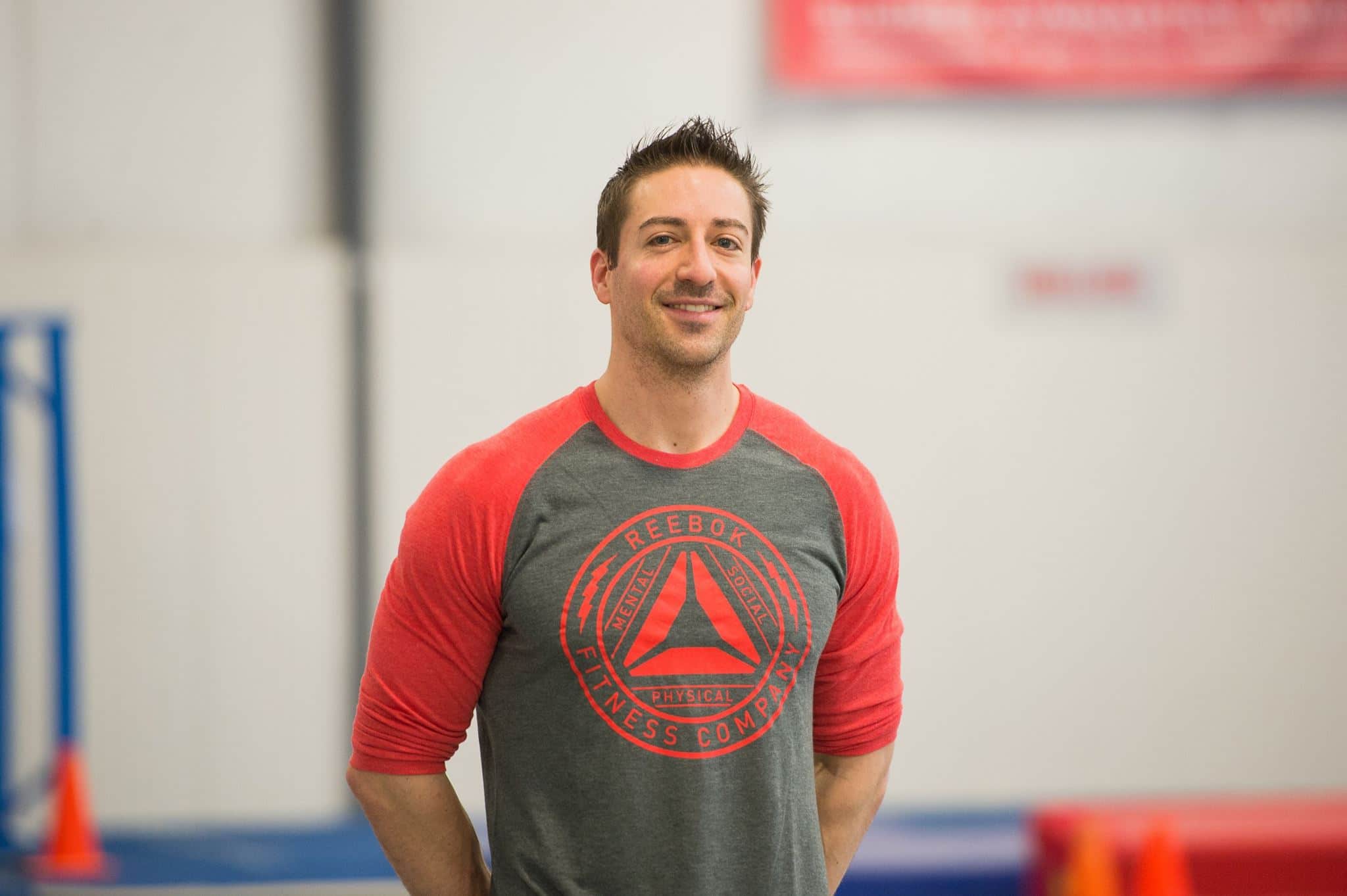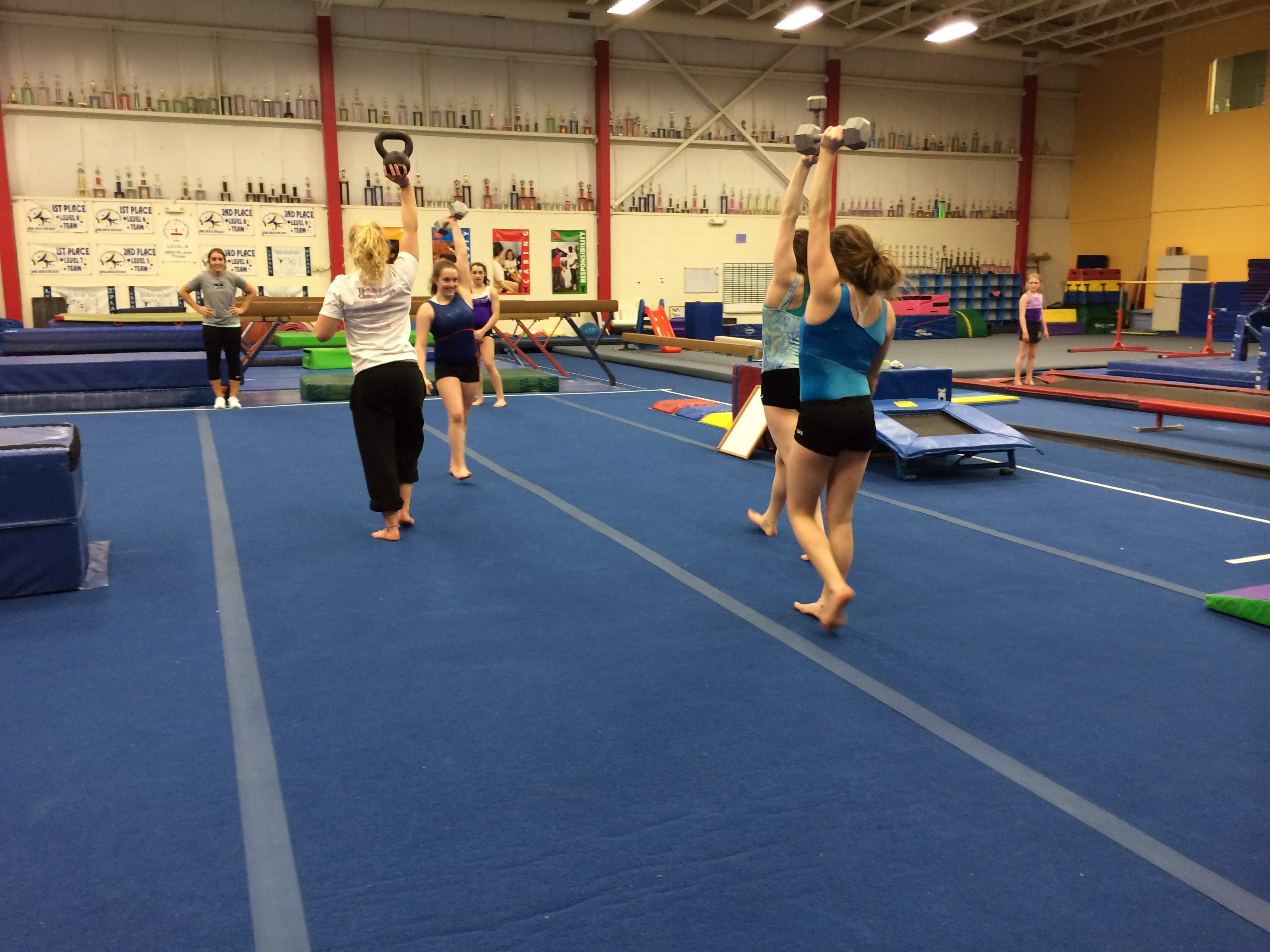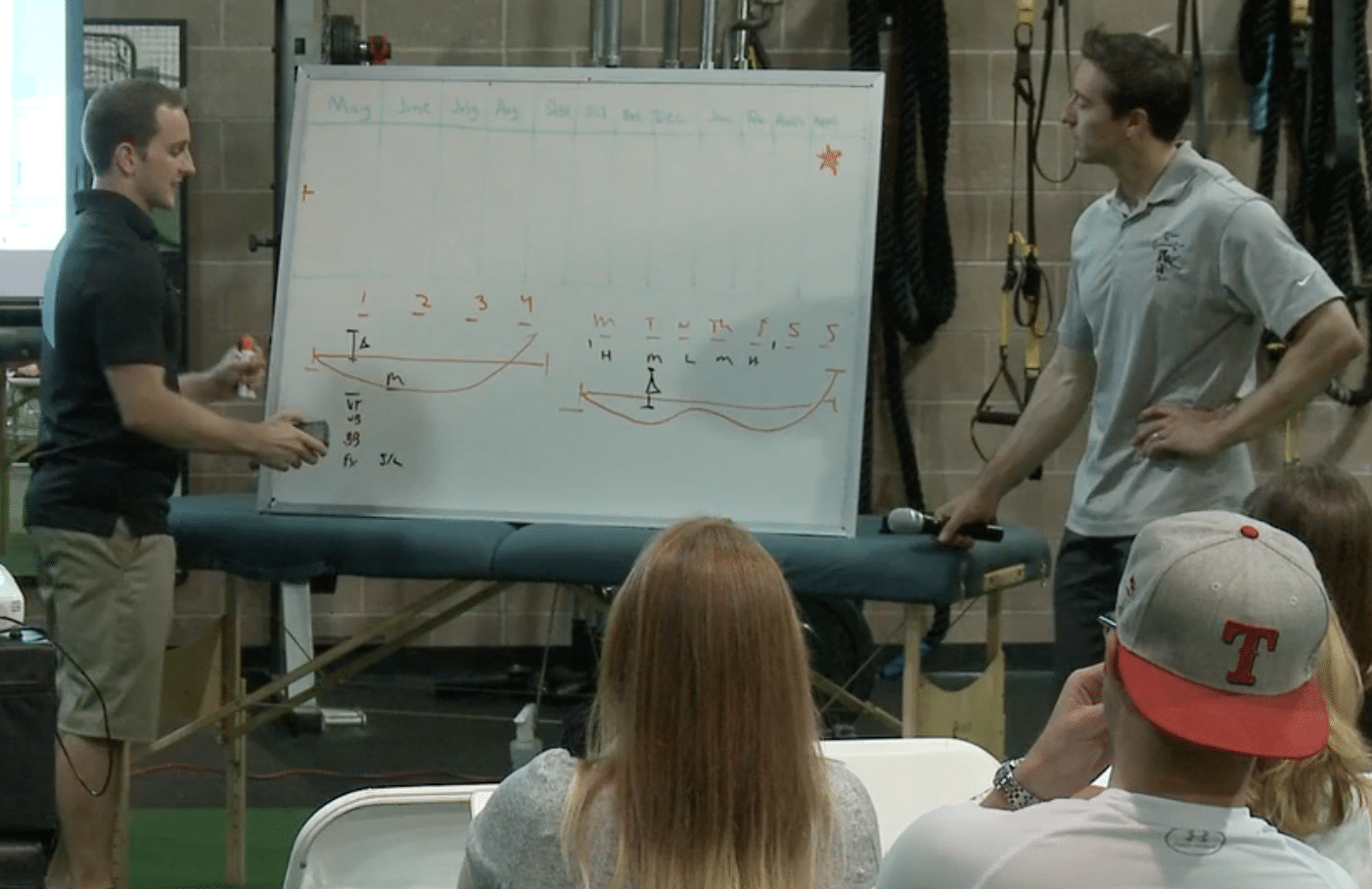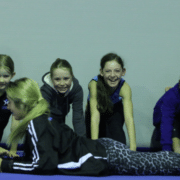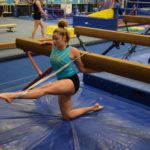3 Thoughts To A Key Article – “Women’s Worlds Team Defying The Norm: Is Sixteen No Longer The Peak?”
Gymnastike put out a great article this week “Women’s Worlds Team Defying The Norm: Is Sixteen No Longer The Peak?”. I think the concepts behind this article are crucial for all of gymnastics to consider. This idea of age being just a number, and not pushing female gymnasts to peak at 16 is huge in relation to reducing injuries and also developing a gymnast to their full potential over their long career.
I have thought a ton about gymnasts not having and off season and only doing one sport when young. If your interested in this, you can read my “Gymnastics Longeivity Guide” 100% for free on how to help gymnasts have long and healthy careers. Download it here,

The Gymnastics Longevity Guide
- Learn how to help gymnasts have longer, healthier, and more successful careers
- Understand why early specialization and long term athletic development are keys to success in gymnastics
- Learn practical ways to help gymnasts reach their short term and long term goals
We take our privacy seriously and will never share your information. Click here to read our full privacy policy.
I have discussed this topic at length with many of my friends like Dr. Josh Eldridge, Rupert Egan, Brian Pickard, and other healthcare/gymnastics sports medicine professionals.
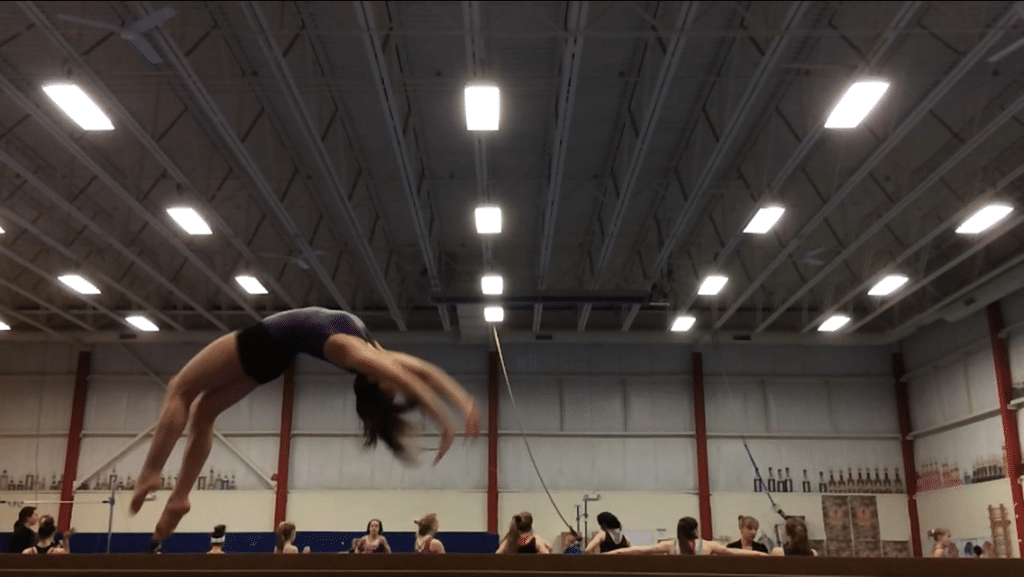
A few big points we always seem to get to are,
1) Chronological Age is Drastically Different Than Their Developmental Age
I have written about this before, which you can find by clicking here. Chronological age has to deal with an athletes “years since birth” where as Developmental Age deals with their level of physical, emotional, and neurological development. These two things are very different from each other. You can have five chronologically 16 year old gymnasts in front of you, but in reality for their developmental age you may have a 14 year olds, a 15 year old, two 16 year olds, and a 17 year old. Development is a highly individualized, variable, non linear process that must be considered as a true marker of someones growth and readiness for high level skill. I feel we can track this important variable with growth profiles from a young age, and with more awareness for the concept of Peak Height Velocity.
Understanding that all athletes have a different path of maturation (and making training/strength adjustments appropriately) is a crucial key for helping a gymnast reach their full potential while minimizing injury risk. In one sense, physically their developing tissues are at a higher risk for overload and injury. Neurologically, remember that their nervous system is undergoing huge adaptation to remap to different lengths, densities, and calibrations of the body. If we take a step back and approach our early years of training with this idea in mind, I think we can greatly impact the level of healthy high level gymnasts we have in college, elite, and so on. Which leads to the next point.
2) Long Term Athletic Development / Early versus Late Bloomers
This concept of Long Term Athletic Development comes from the Canadian model (find a great article here), and I personally feel it is something vital for gymnastics. Many gymnasts show notable talent at a young age, and may be on the radar of coaches as an “early bloomer”. Although they are talented at a young age, this may create aggressive early training with risk of injuries and over training/burnout syndrome. On the other side of the coin, “late bloomers” are those athletes who doesn’t necessarily excel at a young age like others. However, over years of development and maturation, they begin to show their huge potential in their later career years. I think this is where we start to see more athletes making it through Olympic Cycles as 18, 19, and 20+ years. Remembering that athletes can fall all along this spectrum of early vs late bloomer is also important. Not every gymnast will need to be pushed at a young age to reach full potential, gymnastics is a marathon not a sprint.

In my opinion, I think the spark of many overuse injuries in gymnastics come when athletes are detected as being “gifted” early, get put into high level skill work/volume, and are also going through rapid periods of pubertal development where they are most at risk for injury. I think this is a perfect storm to start snowballing many big injuries like lower back stress fractures, overuse tendinopathies, Sever’s/Osgood Schlatters, and Gymnast Wrist. They simply may not have enough maturational and strength development to handle the insanely high forces of gymnastics.
By using this LTAD framework with objective athlete monitoring, we can create a plan for a gymnast over multiple years. It’s good that we understand and know what athletes are talented at a young age, however we have to make sure we get them through the crucial ages of 9-13 when they are developing at a rapid rate and are at high risk for injury/stress/burnout. I feel during this time we can utilize more technical development, education about taking care of themselves (nutrition, hydration, recovery, preventative rehabilitation), periodized strength and conditioning, and non-impact skill building that will serve as the crucial base for later years. Anyone interested in another great read check out the recent book Strength and Conditioning for Young Athletes: Science and Application
3) The Same Issues Increase Injury Risk and Reduce Performance Potential
As I have mentioned before, I think people sometimes take my work and think I’m only looking to prevent injuries, and not let my gymnasts train hard to reach their full potential. Now don’t get me wrong, safe and healthy training is a huge goal of mine. However, I also want people to understand that my approaches and changes to training based off of current science is also to help create more gymnasts who can reach a higher level of skill through the sport. I feel that we lose way to many gymnasts at a young age to injury and burnout syndrome due to the way we approach certain methods.
By reflecting on our training theories and scientific rationales behind concepts like flexibility, strength and conditioning, objective athlete monitoring, programming, and recovery, I think we can drastically increase the pool of talented, less injuries athletes we have within the men’s and women’s USAG program. It may be hard for a young gymnast to wrap their head around for why training is being modified, but as a coach it helps set the stage for a phenomenal career in high level gymnastics. I often tell young gymnasts I work with (both my own and young patients I treat) they must “see the forest behind the trees”. By this I mean there are bigger long term goals that may take precedent over the short term goal of pushing through injury. With all that said, I think the Gymnastike article should be deeply considered by all of gymnastics, both male and female, to how we approach training our gymnasts. Just a few of my thoughts, and I hope people find interest in these concepts.
– Dr. Dave Tilley DPT, SCS

